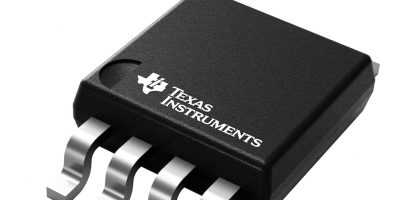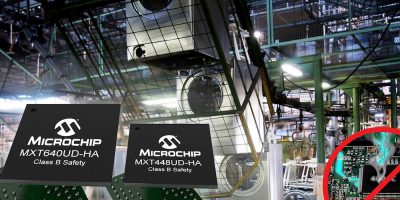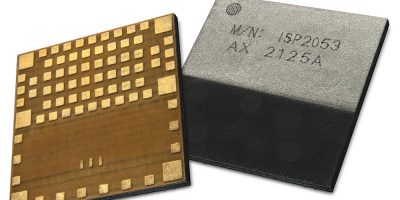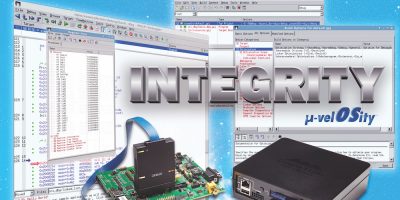High precision at speeds of up to 20ksamples per second provides faster real time control in factory automation and motor drive applications, says Texas Instruments as it introduces the TMAG5170 3D Hall-effect position sensor.
It is claimed to be the industry’s most accurate 3D Hall-effect position sensor. It has integrated functions and diagnostics to maximize design flexibility and system safety, while using at least 70 per cent less power than comparable devices, says the company. The TMAG5170 is the first device in a family of 3D Hall-effect position sensors for industrial use, from high performance to general purpose models.
“Smart factories have an increasing number of highly automated systems that must operate in a more integrated manufacturing flow while simultaneously collecting data to control processes,” said Noman Akhtar, senior research analyst, Omdia. 3D position-sensing technology delivers accurate, fast and power efficient real-time control for automated equipment for system efficiency and reduced downtime, he added.
The TMAG5170 provides a low 2.6 per cent full-scale total error at room temperature. It also features best-in-class drift of three per cent total error, says TI, which is 30 per cent lower than the next closest competitor. It also has at least 35 per cent lower error than comparable devices in the presence of a cross-axis field, says TI. These characteristics result in higher accuracy than any other 3D Hall-effect position sensor, according to the company, eliminating the need for end-of-line calibration and off-chip error compensation.
The TMAG5170 eliminates the need for off-chip computation and enables flexible sensor and magnet orientations by integrating features such as an angle calculation engine, measurement averaging, and gain and offset compensation. In this way the control loops are faster to reduce system latency. Software development is also simpler, regardless of sensor placement, claims TI. The sensor’s integrated computation functions also reduce the system’s processor load by as much as 25 per cent, enabling engineers to use general purpose microcontrollers such as those in the company’s low power MSP430 series to minimise overall system cost.
Smart diagnostic capabilities include checks for communication, continuity and internal signal path – as well as configurable diagnostics for the external power supply, magnetic field and system temperature. This allows engineers to customise a safety scheme at both the chip and system level for long-term reliability and lower design costs.
The TMAG5170 is available now in an eight-pin, 4.9 x 3.0mm very thin shrink small-outline package (VSSOP).







